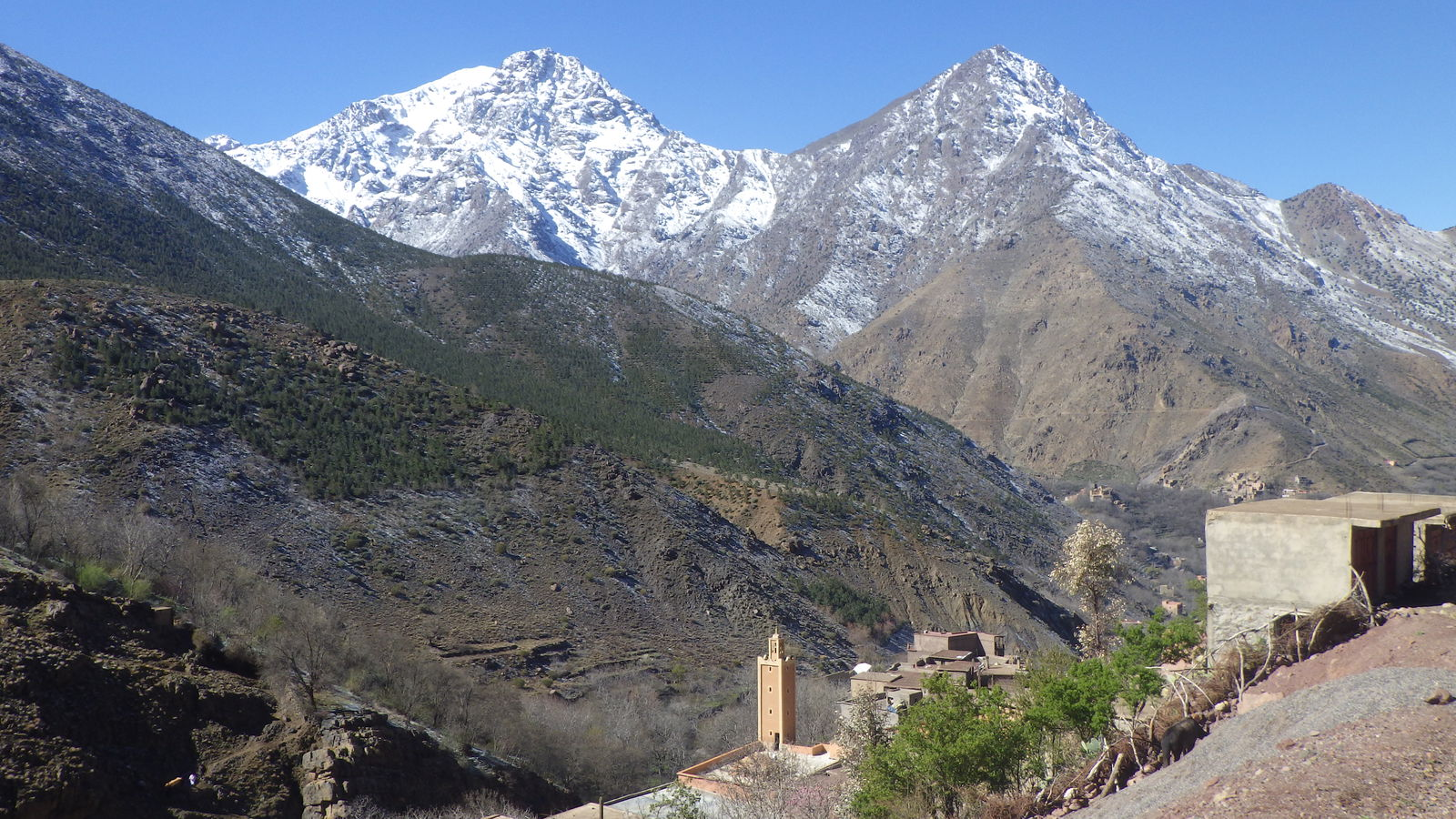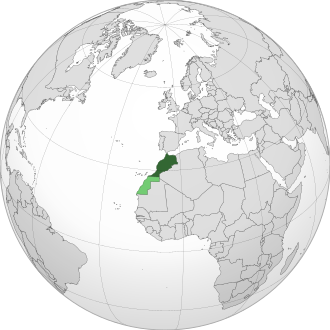- Published on
Soaring Through the Atlas Unveiling Traditional Moroccan Falconry
- Authors

- Name
- Adil ABBADI
Introduction
High above the rugged Atlas Mountains, a centuries-old tradition takes to the skies, where the majestic falcon and the skilled Berber hunter form an unbreakable bond. Traditional Moroccan falconry is an art that has been passed down through generations, weaving together threads of culture, nature, and adventure. In this article, we'll embark on a journey to explore the history, significance, and modern relevance of this ancient practice.

- Cultural Context
- Traditional Significance
- Modern Relevance
- Cultural Preservation
- Conclusion
- Cultural Call-to-Action
Cultural Context
Falconry has been an integral part of Moroccan culture for centuries, with roots tracing back to the Arab and Berber dynasties. The practice was not only a means of hunting but also a symbol of power, wealth, and nobility. In the Atlas Mountains, the indigenous Berber people, also known as the Amazigh, have long revered falconry as an essential aspect of their heritage.
Traditional Significance
In traditional Moroccan falconry, the relationship between the hunter and the falcon is built on trust, respect, and patience. The falconer, or "moussif" in Arabic, dedicates years to training and caring for their bird, often starting from a young age. The falcon, typically a Barbary falcon or a Lanner falcon, is trained to hunt small game such as rabbits, hares, and pigeons. The partnership between the hunter and the falcon is a testament to the harmony between humans and nature.

Modern Relevance
While modernization has brought changes to the Atlas Mountains, traditional Moroccan falconry continues to thrive. Many Berber communities still practice falconry as a way of life, passing down their knowledge and skills to the younger generations. In recent years, efforts have been made to promote and preserve this cultural heritage, including the establishment of falconry schools and conservation programs.
Cultural Preservation
Conservation organizations, such as the Moroccan Falconry Association, work closely with local communities to protect the habitat of the falcon and its prey. Additionally, initiatives like the "Falconry for Conservation" program aim to educate local youth about the importance of preserving the environment and the cultural significance of falconry.

Conclusion
Traditional Moroccan falconry in the Atlas Mountains is a testament to the country's rich cultural heritage. This ancient practice embodies the values of patience, respect, and harmony with nature. As we soar through the skies with the majestic falcon, we are reminded of the importance of preserving our cultural traditions and the natural world that surrounds us.
Cultural Call-to-Action
As we explore the wonders of Moroccan falconry, let us not forget to appreciate and respect the cultural significance of this ancient practice. Let us support conservation efforts and promote cross-cultural understanding, ensuring that this majestic tradition continues to thrive for generations to come.
